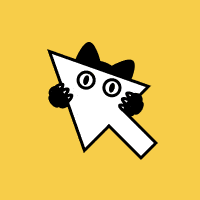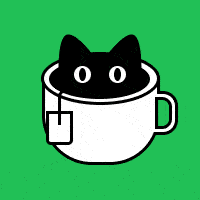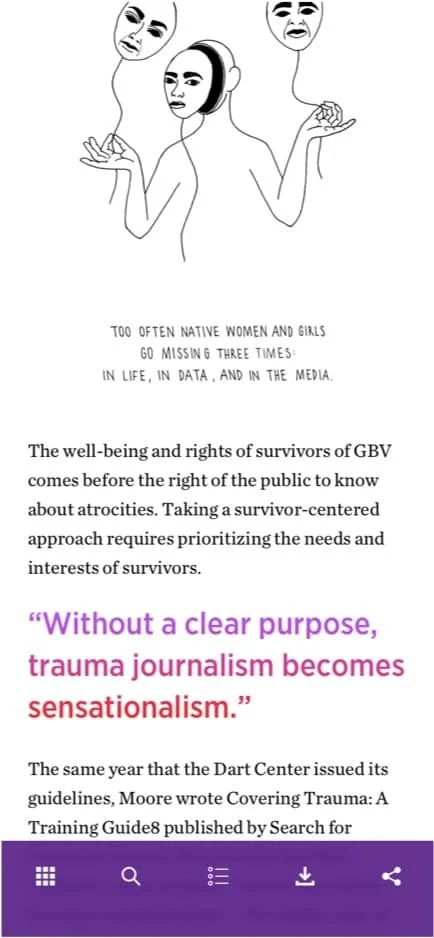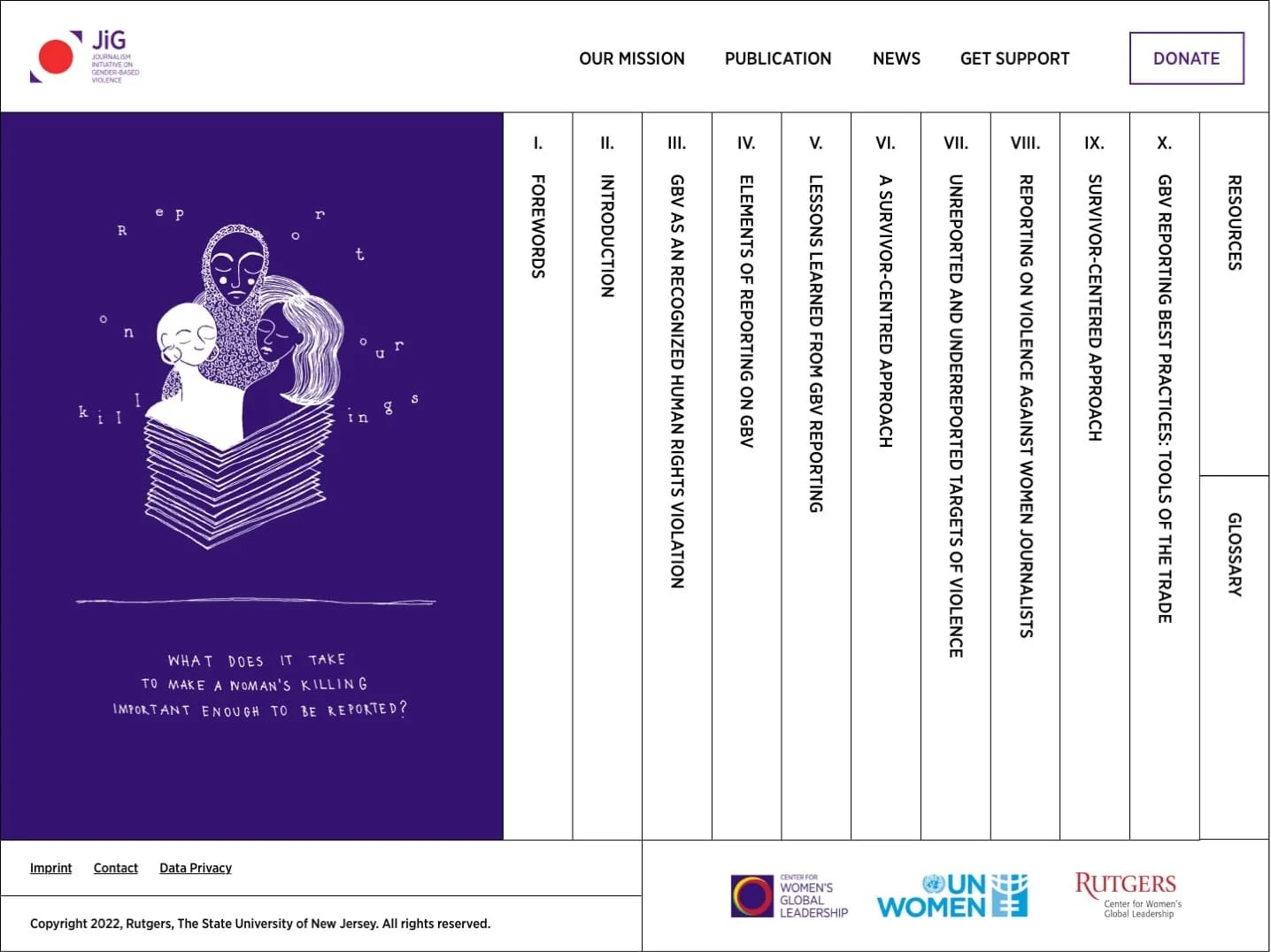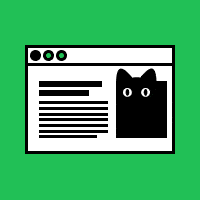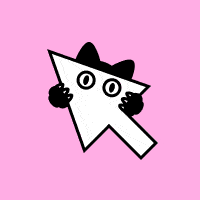UX Towards Effective and Compassionate GBV Reporting
Developed simultaneously with the the physicall book, adopting principles from print design to provide the best experience for both medium.
The online version is a key training tool for young journalists at universities and in publishing houses worldwide.
Project scope
The goal was to create a standard-setting handbook that includes resources and recommendations for journalists, schools of journalism, media trainers, gender and media studies researchers and educators, and NGO communications specialists working with the media on issues of gender-based violence.
The handbook includes evidence-based analyses of media coverage, examples of best practices, case studies, personal essays from journalists reporting on gender-based violence and survivors, a resource list aimed at helping journalists identify a wider range of experts, and ideas for future coverage.
Six regional consultations were held to gather insights and recommendations from participating journalists One main recommendation was to create a digital product. Therefore, CWGL got in touch with us to help with our expertise.
UX challenges
Catering to diverse global users:
Ensuring cultural sensitivity and relevance in content and design.
Providing multilingual support and localized content.
Conducting user research to understand varying needs and preferences.
Creating a seamless and equal experience:
Implementing responsive design for accessibility across devices.
Optimizing website performance for users with varying internet speeds.
Prioritizing accessibility features such as text alternatives, keyboard navigation, and high contrast options.
Improving accessibility and usability of resources:
Streamlining navigation to make resources easily discoverable.
Incorporating clear and concise content presentation.
Integrating interactive tools or guides for practical use of resources.
Ensuring compatibility with assistive technologies for users with disabilities.
UX approach
Collaboration
Our team collaborated closely throughout the production of the publication, aligning with the website's development.
User Centred
Our UX design, addressing gender-based violence sensitively, was rigorously user-centric, serving as a critical research tool.
Cross-Media
Simultaneously developing print and digital version, our strategy merged print layout principles with digital advantages to embrace cross-media publishing and optimize content.
Insights and Development
To ensure a seamless cross-media experience for users, we drew inspiration from the layout of physical books and devised various features to bridge both mediums effectively.
In the main table of contents, each chapter is vertically represented and expands to provide further information. Utilizing a split-screen layout, the left side serves as a placeholder for illustrations, photos, infographics, and additional details such as footnotes, all seamlessly linked to the current section of the text. To enhance navigation, we integrated a progress bar indicating the reader's position within the chapter length.
Furthermore, each chapter can be effortlessly downloaded as a PDF for additional work or shared via social media platforms, enhancing accessibility and facilitating collaboration.
Research and Design impact
User Succes
The online version is a key training tool for young journalists at universities and in publishing houses worldwide.
Cross-Media Experience
Based on user feedback, both the website and its physical book counterpart provide a fantastic user experience for the content.
Proven concept
The proven concept allowed our client to work on two new publications using the tool and existing structure.
Disclaimer
All images and materials in this case study belong to JiG, managed by CWGL. My role as an employee of the contractor of CWGL was to showcase my skills, and no sensitive data or confidential information was used. The information and visuals provided were created for presentation purposes only, using placeholder data and photos generated by Midjourney AI and initial concept art that was not implemented in final product. This case study does not reflect the views or opinions of CWGL.


